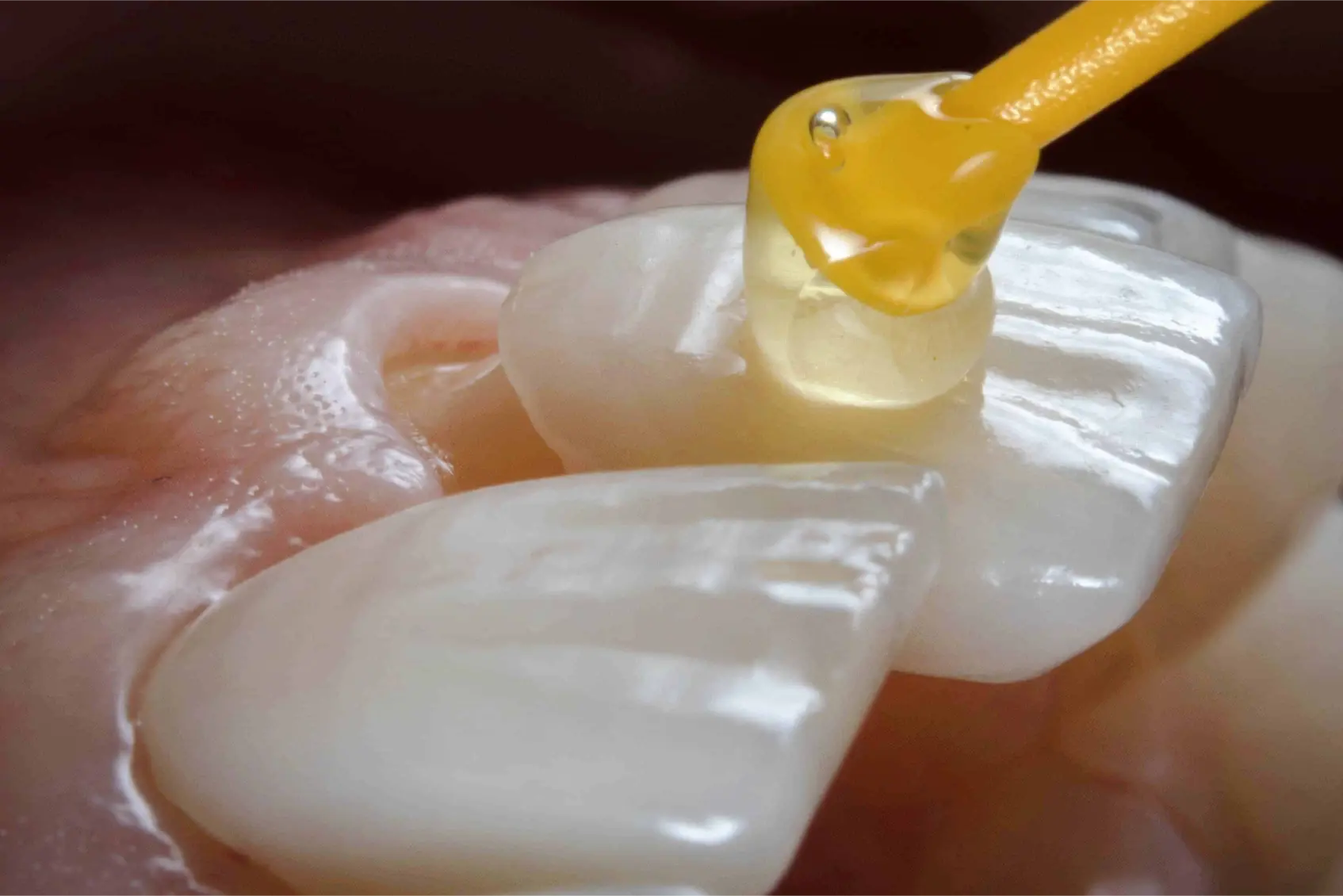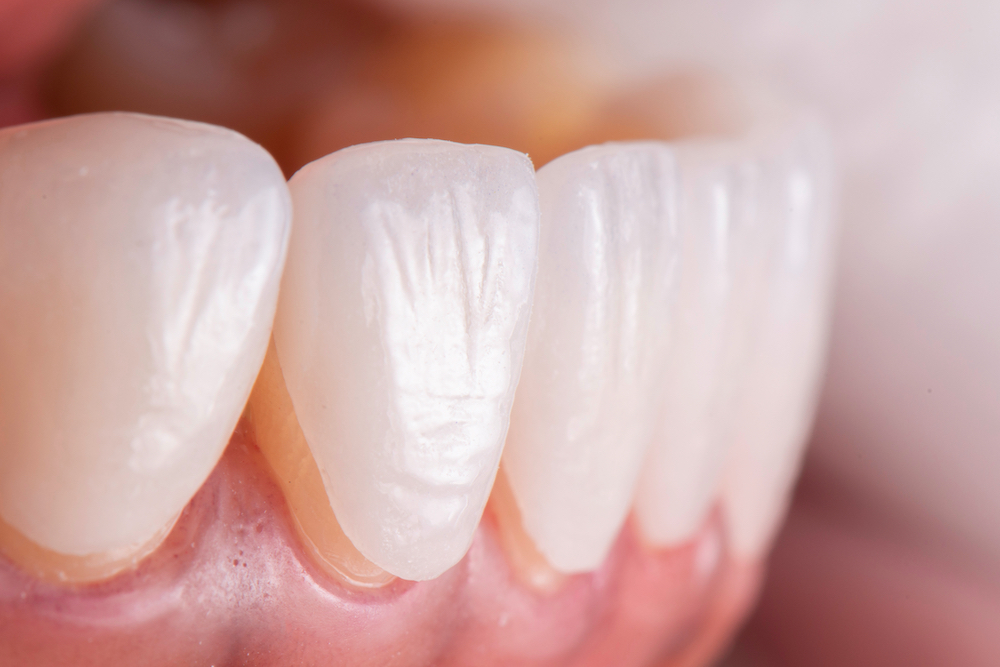The installation of dental veneers in photo-composite, polymer, and other synthetic materials is the fastest variant. Its effectiveness and its lifespan will depend on several criteria. This technique is carried out by the dentist by hand.
Dental veneers are thin films of porcelain, ceramic, or zirconia bonded to the front side of the tooth. Dental veneers are an effective and quick way to solve cosmetic problems with misaligned, yellow, stained, or broken teeth. Veneering is irreversible and you must weigh the pros and cons of this procedure before deciding to opt for veneering.
Information on Dental Veneers
The dental veneer, as its name suggests, is a film that covers the visible front part of the tooth in order to correct gaps, slight orthodontic problems, colored or damaged teeth. The dental veneer, therefore, has only an aesthetic role. Dental veneers are also more fragile than dental crowns since they do not cover the entire tooth like a crown (which covers it like a cap). To place a dental veneer, the first step is to file and grind the tooth enamel making this procedure irreversible. New types of dental veneers exist and allow the placement of the dental veneer without first filing the tooth. In this article, we will compare the different types of dental veneers and see if these dental veneers called “without filing ” are viable in the short, medium, and long term.

To choose the dental veneer that suits you best, we advise you to contact your dentist or our expert service. Which dental veneer is best? This question, which comes up regularly in the comments, is timely because there are different types of veneers and each patient is also different, so be sure to choose the right one (in collaboration with your dentist).
In order to place a dental veneer, it is necessary to file (grind) the tooth on which it will be glued. The filing allows the first layer of enamel to be removed. The dental veneer will replace this enamel. Once the tooth is cut, the dental veneer is glued (cemented). This phase plays an important role since it is what allows the laboratory that manufactures the dental veneers to have a margin in order to make corrections on the shape and the tooth size. There are now dental veneers without filing the tooth (Lumineers dental veneer) however, they are not as strong as traditional dental veneers and do not allow significant changes in terms of shape. The esthetics of the tooth obtained is coarser than the dental veneers obtained after grinding the tooth.
The installation of dental veneers in photo-composite, polymer, and other synthetic materials is the fastest variant. Its effectiveness and its lifespan will depend on several criteria. This technique is carried out by the dentist by hand.

The price of dental veneers varies depending on the material used and the technique used. Photopolymer resin veneers are the cheapest but they are also the least resistant as are Lumineers veneers which can peel off. The price of dental veneers vary between 250 and 700 €
The dental veneer can be made in different materials such as composite; all-ceramic, (porcelain) or photo-composite.
No, dental veneers are not reimbursed by social security and few mutuals offer their reimbursement. The installation of dental veneers is considered a purely cosmetic act.
CCAM quotation: HBMD048
CCAM name: Placement of a ceramic veneer or mineral equivalents on a tooth from an incisor canine sector
Diabetes (type 1, type 2, gestational, type MODY etc.) is a chronic disease which cannot be cured…
Several factors contribute to the onset and progression of periodontal disease. The main causes are:
The university system (the dental faculties which train future implantologists) is under fire from critics…